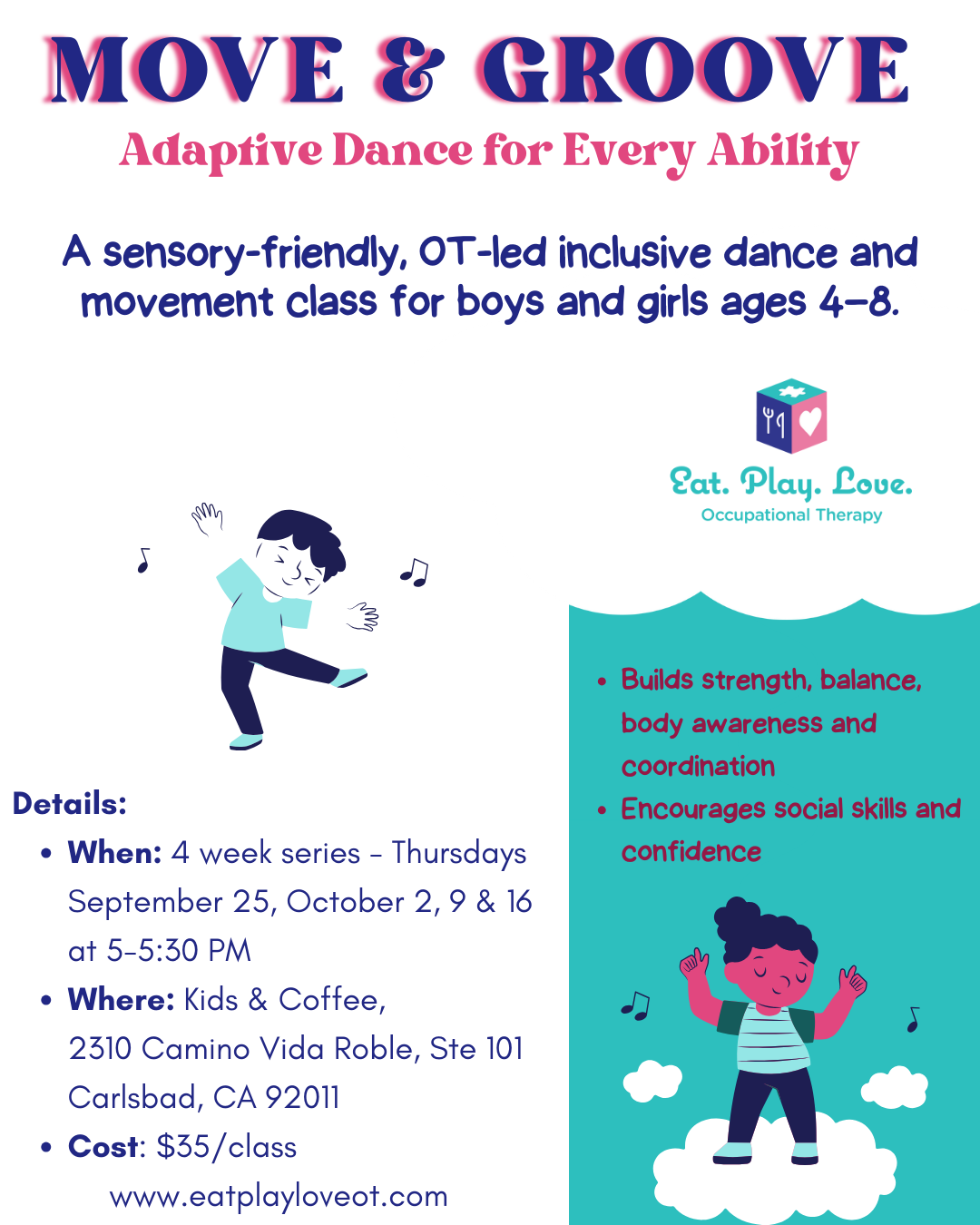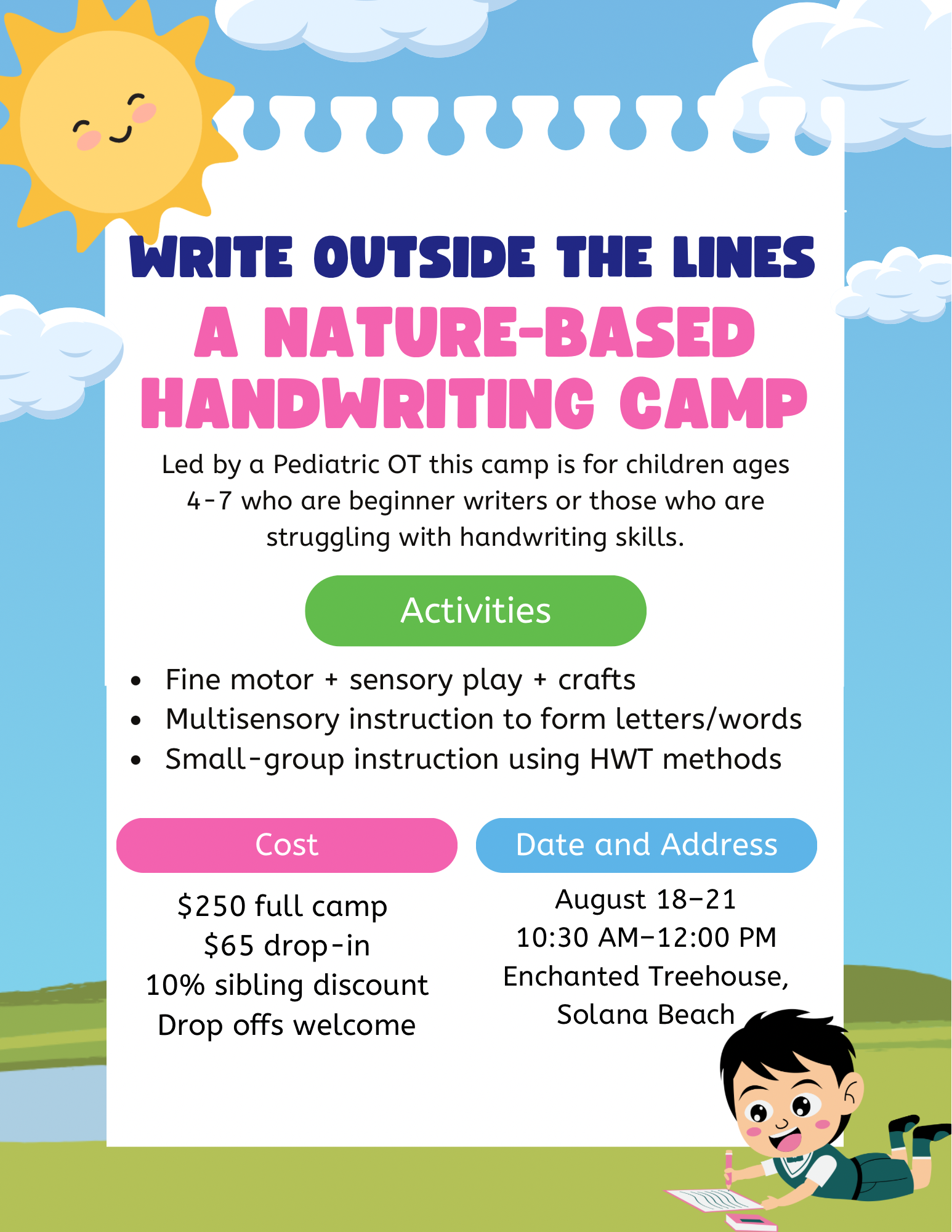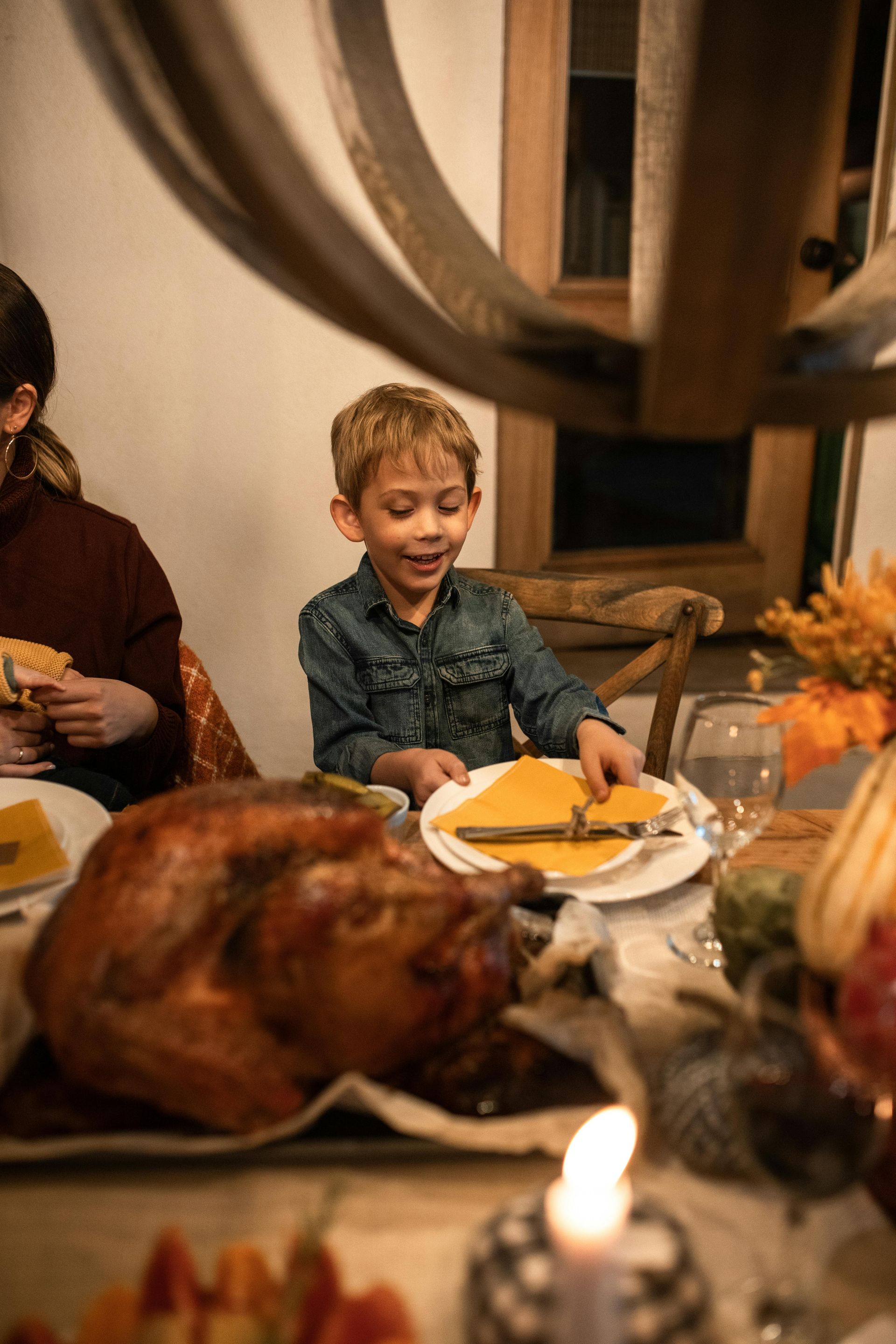How to Encourage Picky Eaters with Thanksgiving Sensory Activities
How to Encourage Picky Eaters with Thanksgiving Sensory Activities: Fun, Engaging, and Delicious!

Thanksgiving is a time for family, food, and gratitude, but it can also be overwhelming for little ones who are picky eaters. The variety of flavors, textures, and smells can feel intense, especially for children with sensory sensitivities. Occupational therapists have developed creative ways to help picky eaters enjoy the Thanksgiving feast through sensory exploration, making it a fun experience for everyone at the table.
In this blog, we’ll explore some top strategies and activities designed for picky eaters during Thanksgiving. You’ll learn about sensory-friendly methods, how to make mealtime enjoyable for your child, and ways to make it feel safe and approachable. Plus, these activities are perfect for family fun!
1. What is Sensory Exploration and Why is it Important for Picky Eaters?
- Understanding Sensory Processing: For many children, especially picky eaters, the senses play a huge role in how they perceive food. When food smells, feels, or tastes different, it can be hard to approach. Sensory exploration can bridge that gap by helping children interact with foods in a non-threatening way.
- The Benefits of Hands-On Food Play: Research shows that when children touch, smell, and play with foods, they build positive associations. Over time, this can lead to trying—and enjoying—new foods. Sensory play is also a great bonding experience for families, promoting positive food memories.
2. Top Thanksgiving Sensory Activities for Picky Eaters
1. Thanksgiving Sensory Bin with Orange Rice and Pumpkin Faces
- How to Set It Up: Fill a bin with colored rice (orange) and add small, clean plastic containers with jack-o'-lantern faces. These “pumpkin” containers can be filled with other sensory items like mini pumpkins, toy vegetables, or even crunchy foods for added texture.
- Play-Based Learning Ideas: Encourage your child to bury and “find” items in the rice or practice scooping. Ask them questions about the colors, smells, and textures they experience, helping them build language around food.
2. Mashed Potato Sensory Play
- How to Set It Up: Place a scoop of mashed potatoes in a bin or bowl, adding a few small, safe utensils like plastic spoons or potato mashers. Add optional toppings such as a sprinkle of parsley or paprika for a sensory twist.
- Play-Based Learning Ideas: Encourage kids to touch, mash, and scoop the potatoes. Let them smell and sprinkle in toppings, talking about the smooth and fluffy textures and inviting them to explore with all their senses.
3. Crunchy Corn Kernels Exploration
- How to Set It Up: Fill a bin with dried corn kernels (similar to a rice or bean bin) and add small, Thanksgiving-themed items like mini pumpkins, dried corn cobs, or toy farm animals.
- Play-Based Learning Ideas: Kids can scoop, pour, and feel the kernels, giving them exposure to crunchy textures. Encourage them to try rolling and bouncing different items in the bin to explore various sensations.
4. Cranberry “Squish” Sensory Bin
- How to Set It Up: Place fresh cranberries in a shallow bin or tray. Add a small amount of water so they can squish, smash, or “bounce” the berries.
- Play-Based Learning Ideas: Cranberries pop and squish when pressed, giving kids a new texture to explore. Talk about the smell and sound they make as they experiment, allowing them to develop sensory familiarity with cranberries through play.
5. Turkey Feathers Texture Exploration
- How to Set It Up: Use various materials to create “feathers” (felt, feathers, dry corn husks, smooth leaves) in a bin, and add plastic or wooden turkeys. Let children explore textures by touching and sorting the materials.
- Play-Based Learning Ideas: Encourage kids to feel the differences between soft feathers, rough corn husks, and smooth leaves. This activity promotes sensory tolerance to different textures and can make kids more open to touching new foods later.
6. Pumpkin Pie Spice Play Dough
- How to Set It Up: Make homemade play dough with a few drops of pumpkin pie spice for scent and orange food coloring to match pumpkin pie. Add small cookie cutters or plastic utensils for cutting.
- Play-Based Learning Ideas: Children can smell, squish, and mold the play dough, familiarizing themselves with the spices common in Thanksgiving meals. Discuss the scent, feel, and color of the dough, making the experience a multi-sensory introduction to pumpkin pie spices
3. Creating a Picky Eater-Friendly Thanksgiving Table
Include a Variety of Textures and Flavors
- Soft & Smooth: Mashed sweet potatoes, applesauce
- Crunchy: Raw veggies, nuts (if allergy-safe)
- Slightly Spiced: Cinnamon in apple dishes or nutmeg in mashed sweet potatoes
Mini Sampling Plates for Kids
Create a “Thanksgiving tasting plate” with small bites from each dish, making it easy for your child to try a little of everything without feeling overwhelmed.
Offer Choices
Let kids choose between different colors and shapes (e.g., orange carrots or green beans). Allowing them to have a say in what they eat can help reduce stress and create a more relaxed mealtime atmosphere.
4. Engage Kids with Thanksgiving Cooking
Involve Your Child in Thanksgiving Meal Prep
- Mashing Potatoes or Mixing Ingredients: Give kids a safe, manageable task they can enjoy, like mashing or stirring.
- Taste Testing with Purpose: Encourage kids to sample different foods as they help, sharing their opinions about textures, colors, and flavors.
- Creating Thanksgiving Placemats or Table Settings: Set up a craft station where kids can decorate placemats or utensils. It gives them a sense of pride and accomplishment in contributing to the meal.
Recipe Ideas for Sensory Play and Tasting
- Pumpkin Smoothie: Blend pumpkin puree, a banana, and a splash of milk for a creamy, naturally sweet treat.
- Turkey Fruit Tray: Arrange fruit slices in the shape of a turkey to make a healthy, appealing snack.
- Veggie Dip Cups: Place a small amount of dip in mini cups with veggie sticks for easy snacking.
5. Overcoming Picky Eating Challenges Through Sensory Exploration
- Gradual Exposure to New Foods: Slowly introduce new foods by pairing them with familiar favorites.
- Playful Interaction: Encourage playing with food outside of mealtime, such as making art with veggies or creating funny faces on plates.
- Modeling and Positive Reinforcement: Show your child how you try different foods, and reinforce their efforts, even if they only take a tiny taste or simply touch a new food.
6. Encouraging Thanksgiving Gratitude with Kids
Thanksgiving is an ideal time to introduce the concept of gratitude, which can also be a wonderful sensory experience. Use prompts like:
- “What food are you thankful for today?”
- “Is there a favorite smell from Thanksgiving dinner you enjoy?”
- “What’s one thing you’re grateful for about Thanksgiving?”
Thankful Crafts: Use colored leaves, paper, and markers to create a Thanksgiving gratitude board where kids can add words or drawings of things they’re grateful for.
Closing the Meal with Thanks: Have a gratitude circle where everyone shares something they’re thankful for about the meal. It’s a comforting tradition that reinforces positive feelings around food and family time.
Conclusion
For many families, picky eating can feel like a Thanksgiving challenge, but using sensory exploration can turn it into an enjoyable journey. These activities help children develop positive associations with food while allowing families to connect, play, and create Thanksgiving memories together. By following these tips and engaging in sensory-friendly Thanksgiving activities, you can help your child feel more comfortable and excited about the Thanksgiving feast.
Thanksgiving is not just about the meal; it’s a sensory experience full of smells, colors, textures, and tastes. Using these ideas, you’ll be able to transform Thanksgiving from a mealtime struggle into a fun and educational opportunity for picky eaters, sensory-sensitive children, and the whole family.
Sign up for my 3-week class series for Thanksgiving sensory exploration for picky eaters, Thursday Nov 7, 14, & 21, 2024. Sign up here!











